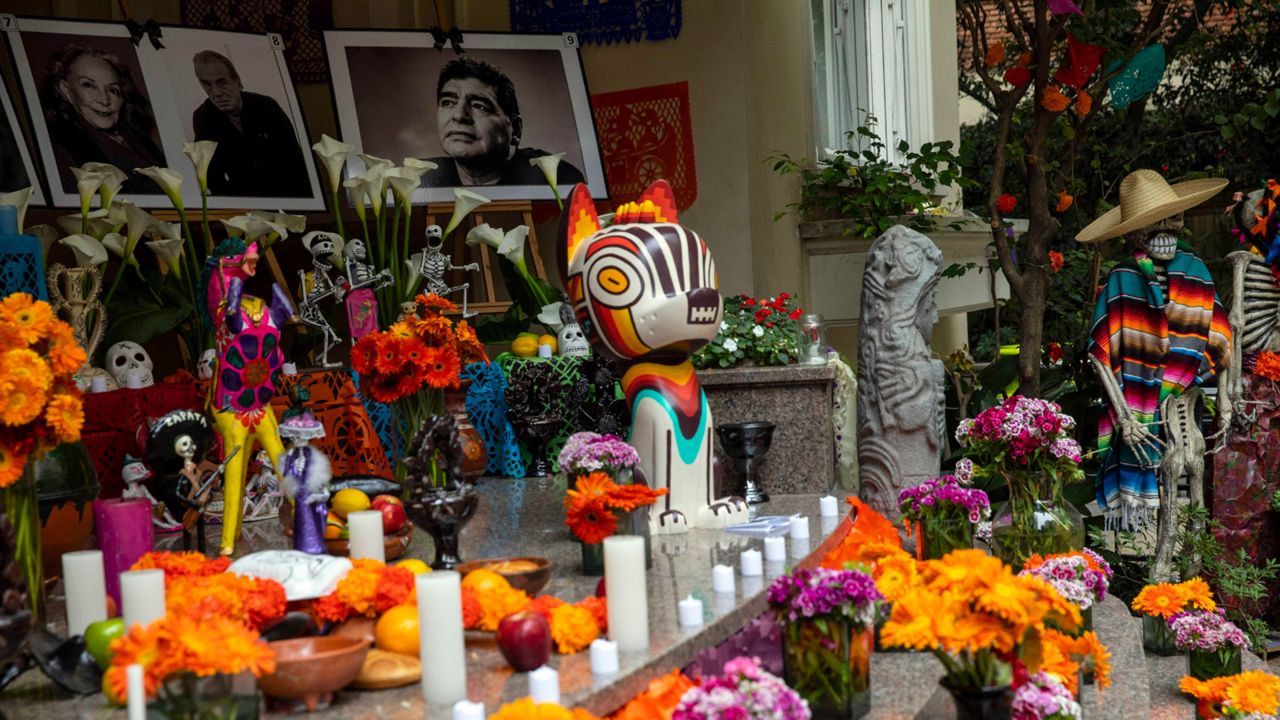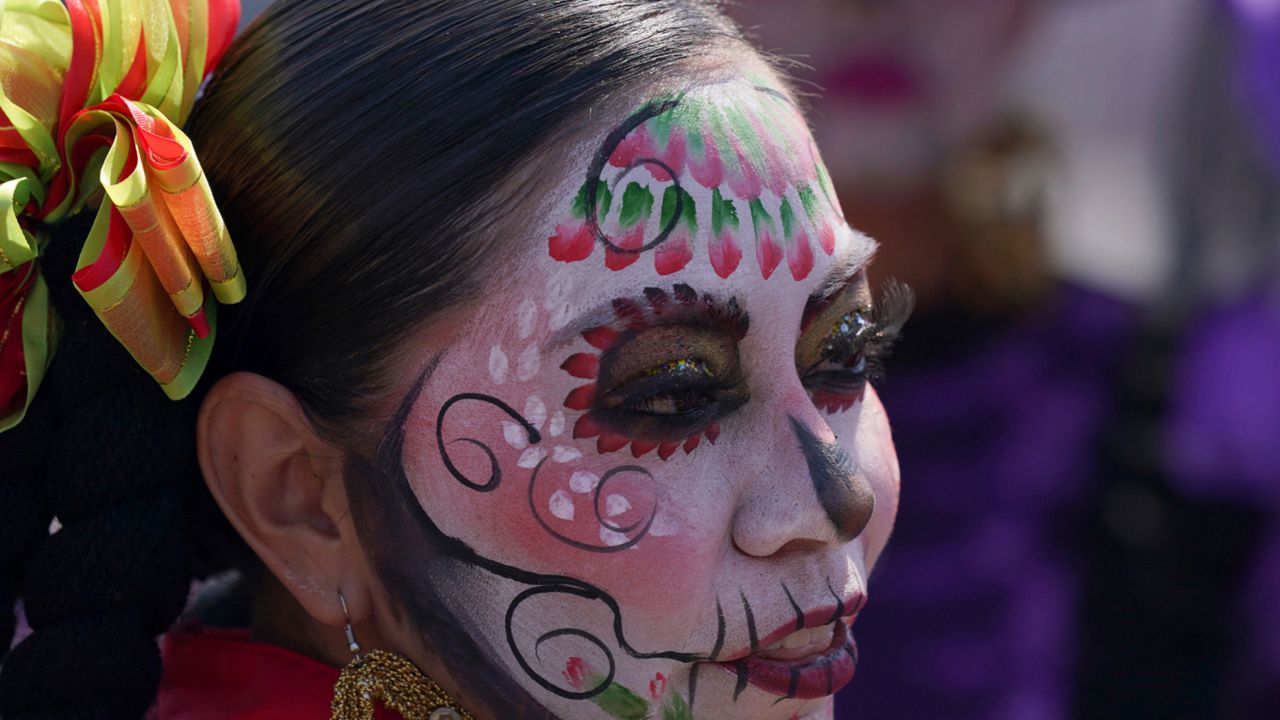Día De Los Muertos is traditionally celebrated from Nov. 1-2 in Mexico and among people of Mexican heritage in the U.S. It’s not to be confused with All Souls’ Day, which also honors the dead, but has European heritage and is rooted in Catholicism. Día De Los Muertos is said to be the day that the dead travel to “cross over” from the afterlife to visit their loved ones for one night here on Earth.
With the majority of the Latino population in the Lone Star State being Mexican — 83% — many Texans celebrate Día De Los Muertos today.
The history of Día De Los Muertos goes back thousands of years and its origins begin in pre-Columbian Mesoamerica.
RELATED: Celebrate Día De Los Muertos with these upcoming events
The Aztecs saw death as an integral part of life and were very comfortable with it, hence the skull imagery that is commonly associated with the holiday. It was believed that the dead journeyed to Chicunamictlán, the Land of the Dead, once their life ended. From there, their souls had to endure nine challenging levels to reach Mictlán, the final resting place.
In traditional Nahua rituals, family members provided food, water and other tools to aid the dead on their lengthy journey. This inspired the modern traditions of Día De Los Muertos where people leave offerings for deceased loved ones on an altar in their homes or on graves.
In modern celebrations of Día De Los Muertos, these items are typically placed on an altar, or ofrenda:
Photos of those who have passed
Papel picado, while a colorful decoration, historically functioned to alert mortals of their loved one’s presence when the delicate paper started to rustle in the breeze
Skulls, or calaveras; some opt to make their own sugar skulls, but any skull imagery will do
Water and food to nourish the spirits after their long journey; a popular food on many altars is pan de muerto
Favorite foods and/or drinks of the deceased, as well as anything that represents them or serves as a reminder of them (ex. clothing, jewelry, playing cards, etc.)
Candles (white and/or purple are customary)
Palo santo or copal incense






